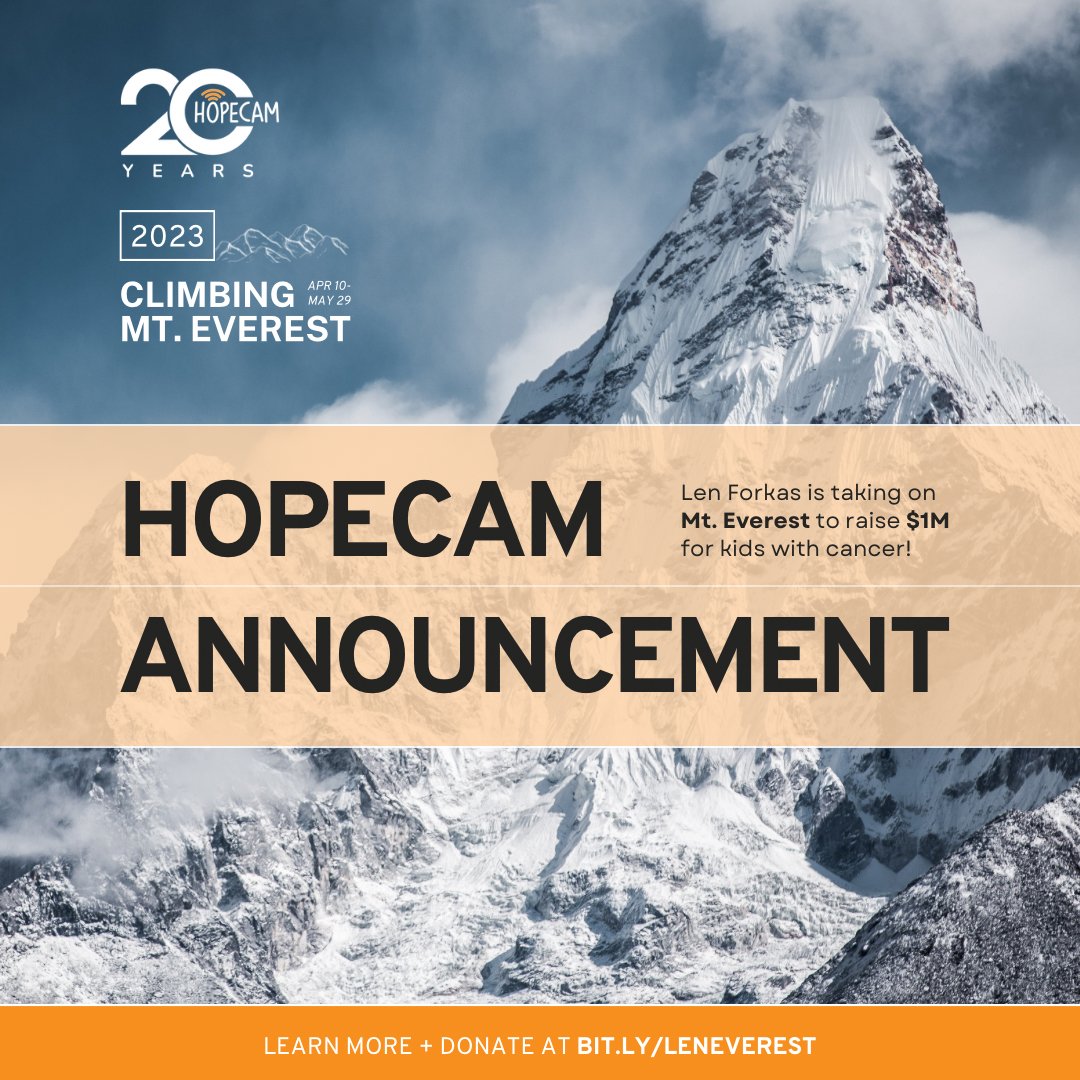It’s been a week since I arrived home from Nepal and the positive responses I’ve received from so many friends and followers has been overwhelming. I’m blessed to have so many people reaching out to highlight so many of the good outcomes of the Everest Expedition. The overwhelming generosity from our donors and sponsors, the amazing children that we climbed for and the fierceness of the fights they are waging. So much inspiration every day as we honored each child and shared the stories of what they are up against, made each day seem like a layup as we ascended the mountains during our training.
As mentioned in a prior post, I landed Sunday night in an emergency room in Lukla after a daring rescue by an experienced helicopter pilot who plucked me from a remote, 22,000 feet mountain side at Everest Camp 2 in a foggy, snow filled sky. Two weeks prior at the same camp, an American doctor/climber named Sugarman had the same symptoms, and because of bad weather he was stuck there for 48 hours and died. I'll be forever grateful for the risks these pilots take to help others, and of course to thank so many forall for the prayers that kept my guardian angel by my side during that afternoon.
I had an opportunity to spend some time with my general practitioner Dr. John McConnell at Inova hospital on Monday afternoon and we talked about my rib cage injury in Kathmandu (induced from an inexperienced massage therapist) and the high altitude pulmonary edema (HAPE) that developed on Sunday. The conclusion was that the injury to my ribs played a very small role. The reason I failed was I moved to quickly up the mountain. In fact there’s a good reason to believe that when I ascended for the first time from Base Camp to Camp 2 the week of May 4th, I had developed Acute Mountain Sickness (AMS) which is a precursor for HAPE. I ascended 3 nights in a row from 17,500 to 20,000 to 22,000 to 23,000 feet above sea level consecutively. For younger climbers that "back to back" pace of ascent is reasonable. But I’m 63 and had HAPE in 2019 in South America climbing Mt. Aconcagua. Edema's have a memory. Once you get one, the probability of having one again is elevated.
After returning from the first rotation up Everest and spending time in Kathmandu to recover, the AMS damage had already started. That’s why a week later when I returned, my pace was dramatically slower. It took me four hours longer torch camp 2. Most likely the AMS turned into HAPE, which is a normal progression.
There’s no connection between fitness and altitude acclimatization. No matter how hard I prepared by running marathons, weight lifting, core and interval training, etc. going up too quickly both times sealed my fate. It’s hard not to replay the sequence in my mind every day, but the take away is that my body just needs A LOT more time to adjust and adapt to altitude is different than anyone else’s. I have NO PLANS to return anytime soon, but at least I understand how much I miscalculated in the approach that I followed that was recommended by many experts including my guide Chhiring. Not a criticism, the tried and true approach didn't apply to me. Today I’m thankful that I am back home to share this with my family, friends and team members at Hopecam and at Milestone.














































































































